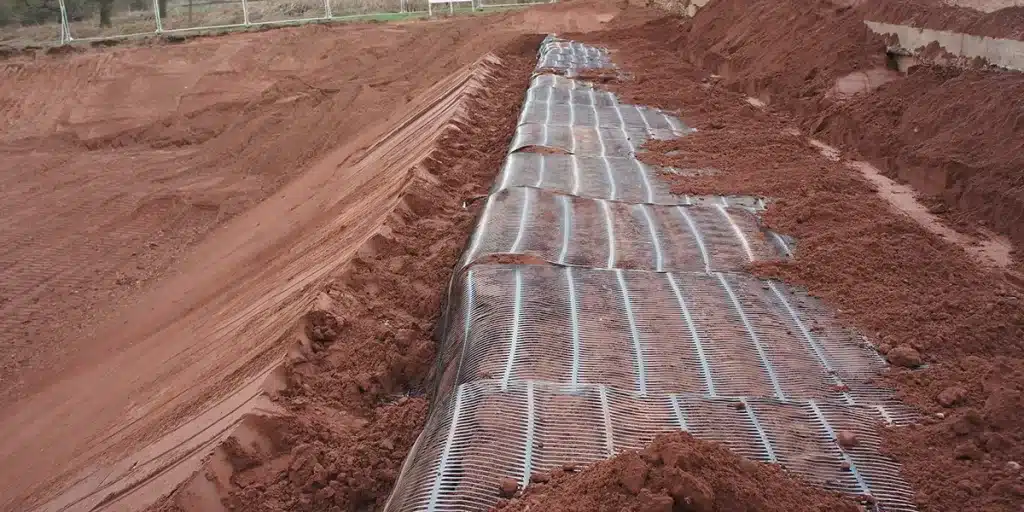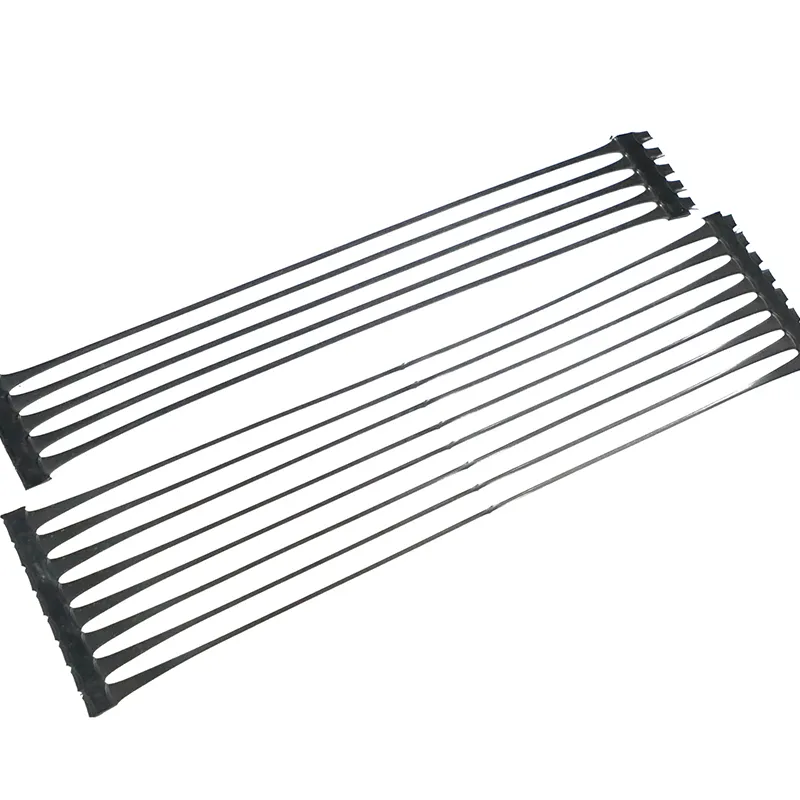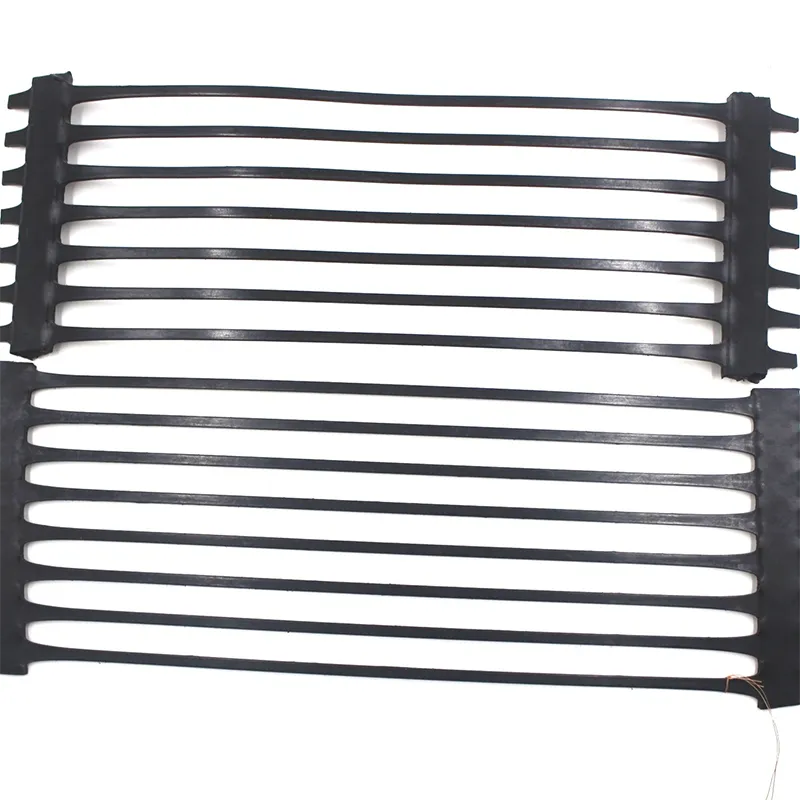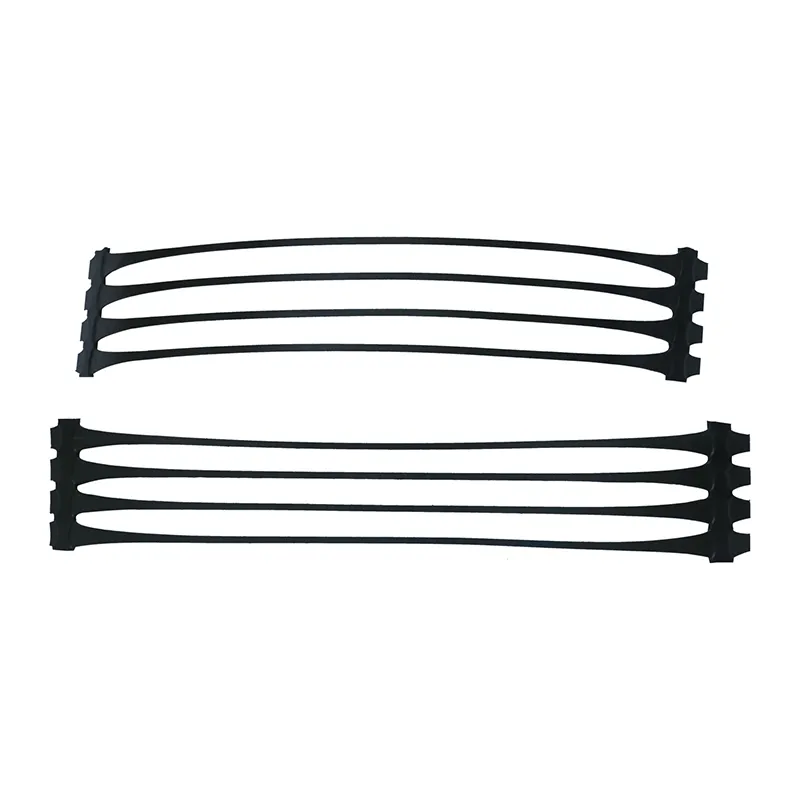+86-159 9860 6917
info@geofantex.com
geofantex@gmail.com
+86-400-8266163-44899
When tackling a landscaping project on a sloped terrain, understanding how to install geogrid is essential for effective soil stabilization and erosion control. Installing geogrid on a slope involves several crucial steps to ensure long-lasting and reliable results. Begin by preparing the slope’s surface, and removing any vegetation and debris. Next, choose the appropriate geogrid material and orientation based on the slope’s characteristics and load requirements. Secure the geogrid in place by properly anchoring it to the ground and overlapping seams correctly. Backfill the slope with suitable material, compacting it as you go. Finally, finish the installation with appropriate erosion control measures such as vegetation or erosion blankets.

Geogrid for Slope Stabilization: Types, Installation & Benefits
Geogrids are essential geosynthetic materials for stabilizing slopes, preventing erosion, and reinforcing soil in civil engineering projects. Key points include:
- Purpose: Reinforces soil, prevents landslides, and improves structural integrity of slopes, embankments, and retaining walls.
- Types of Geogrids:
- Uniaxial: High tensile strength in one direction, ideal for steep slopes and retaining walls.
- Biaxial: Strength in two directions, suitable for evenly loaded slopes, roadbeds, and moderate reinforcement.
- Composite: Combines geogrid with nonwoven geotextiles, providing reinforcement plus drainage and filtration for erosion-prone areas.
- Installation Steps: Prepare the slope, remove vegetation and debris, anchor geogrid properly, overlap seams, backfill and compact, then finish with erosion control measures like vegetation or erosion blankets.
- Functions: Soil reinforcement, load distribution, erosion control, drainage facilitation, and support for vegetation growth.
- Applications: Subgrade reinforcement, slope stabilization, retaining walls, pavement support, embankments, and landfill containment.
Proper selection and installation of geogrid ensure long-term slope stability, enhanced load-bearing capacity, and effective erosion control, making it a crucial tool for safe and durable civil engineering projects.
¿Qué es un geogrid para la estabilidad de taludes?
Un geogrid para la estabilidad de taludes es un material geosintético diseñado específicamente para reforzar y estabilizar pendientes y taludes. Generalmente está fabricado con polímeros como polipropileno o poliéster, y presenta una estructura en forma de rejilla que permite que el suelo o el agregado se entrelacen con él, creando una masa unificada y resistente.
Las funciones principales incluyen:
- Refuerzo: Añade resistencia a la tracción al suelo, ayudando a prevenir deslizamientos o colapsos.
- Enclavamiento: El suelo o agregado llena los huecos del geogrid, lo que mejora la cohesión y fuerza general del talud.
- Distribución de cargas: Permite que las cargas se repartan sobre una mayor superficie, reduciendo la presión sobre capas de suelo más débiles.
- Control de erosión: Previene la pérdida superficial de suelo y protege contra la erosión en pendientes.
- Soporte para vegetación: Facilita el crecimiento de vegetación, lo que aumenta la protección y estabilidad del talud.
Gracias a estas propiedades, los geogrids son ideales para estabilizar taludes empinados, terraplenes y estructuras de contención, ofreciendo seguridad y durabilidad a largo plazo en proyectos de ingeniería civil.
What type of geogrid is used in slope applications?
In slope applications, woven and nonwoven geogrids are commonly used, but the specific type depends on the design requirements of the slope. Geogrids are used to stabilize the soil and prevent erosion by reinforcing the slope’s structure.
Here are a few types commonly used for slopes:
- Uniaxial Geogrids: These geogrids have a high tensile strength in one direction and are often used for steep slopes or retaining walls. They help in improving the shear strength of the soil by providing reinforcement in the direction of the slope.
- Biaxial Geogrids: These geogrids have strength in both directions (horizontal and vertical). They are commonly used for applications where the load is more evenly distributed, such as in roadbeds or embankments, and can also be applied for slope reinforcement in certain cases.
- Composite Geogrids: These combine geogrids with nonwoven geotextiles to provide both reinforcement and filtration properties. They are often used in erosion-prone slopes or areas that require both soil stabilization and drainage control.
The choice of geogrid material depends on the soil type, slope steepness, and environmental factors like moisture levels and vegetation. Do you have a specific type of project or location in mind for this?

When should you use Geogrid?
Geogrid is commonly used in civil engineering and construction to reinforce soil and improve the stability of structures. It is typically used in the following scenarios:
- Subgrade Reinforcement: When constructing roads, highways, and railways, geogrid helps to distribute loads and prevent deformation of the underlying soil.
- Retaining Walls: Geogrid is often used in reinforced soil structures, such as retaining walls, to enhance stability and reduce settlement.
- Pavement Construction: In areas with weak or expansive soils, geogrid can be used beneath pavement layers to reduce stress and prevent cracking or shifting.
- Slope Stabilization: It is used to stabilize slopes, embankments, or hillside projects by preventing soil erosion and reducing the risk of landslides.
- Foundation Support: For foundations in areas with weak or loose soil, geogrid can help distribute the load and increase bearing capacity.
- Landfills and Waste Management: It is used in landfill caps or waste containment systems to prevent shifting and enhance soil retention.
In short, geogrid is ideal when you need to improve soil stability, reduce settlement, or reinforce structures against deformation.
Geogrids are vital geosynthetic materials used for reinforcing and stabilizing slopes, especially in challenging terrains. They enhance soil strength, prevent erosion, and improve overall structural integrity in projects like retaining walls, roadbeds, and embankments. Choosing the right type of geogrid—uniaxial, biaxial, or composite—depends on the specific slope conditions and load requirements. Proper installation, from surface preparation to backfilling and erosion control, is crucial for long-term effectiveness. Whether you’re dealing with steep slopes or weak subgrades, geogrids provide a reliable and efficient solution for soil stabilization.



Get Free Sample
We’ll respond as soon as possible(within 12 hours)






















